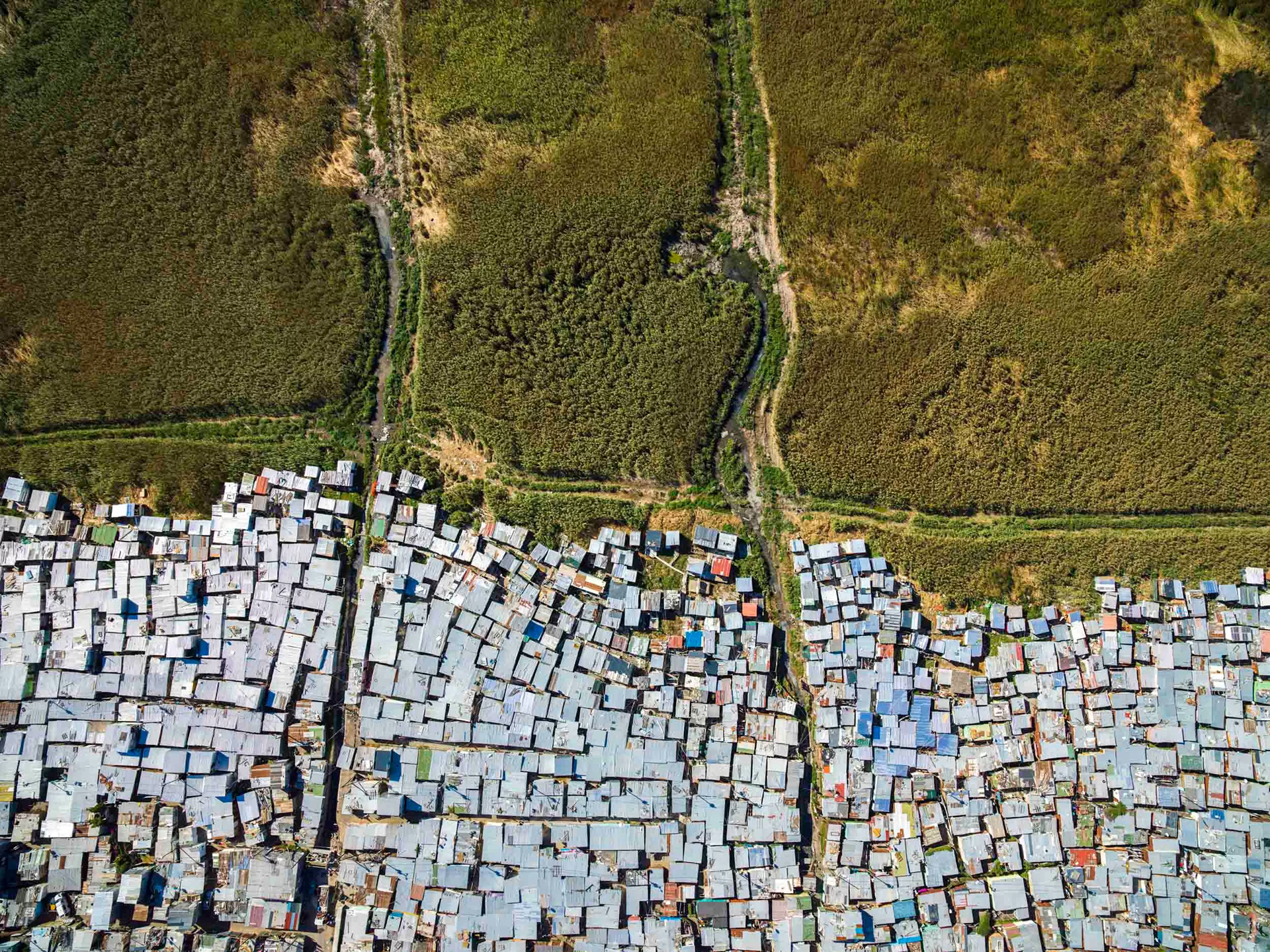Today we will look at something different from my love diary. Today we will look at something we see everyday. Something we all know. This something will be intimately linked to sustainable development.
Slums! So common in Rwanda. So known, seen and yet not all that know or see them understand the realities the dwellers of these areas feel!
We all ride motos, buses or drive to point A to B. Some people drive or walk. However or whatever your mode of transport is, I know for a fact that you see those houses in the lower edges of the land of a thousand hills. Those are slums.
In Kigali, informal settlements are a result of rapid urbanization where growth of cities has a considerably faster rate than urban planning processes. African Cities like Kigali face growing challenges in providing all citizens with access to suitable housing.
Most of the urban growth has taken place in unplanned settlements (slums) that now accommodate 62.6% of the population in Rwanda. The youth of the age group between 14 and 35 years represents 39.3% of the population in Rwanda.
Basically, the issue of slums is a headache both on the residence of Rwanda and the government itself. So what really can be done to make sure that this issue is resolved? What plan is there to ensure that we have development in the land of a 1000 hills?
Well. KURA got you. We turn to SDG11. Goal 11 is about making cities and human settlements inclusive, safe, resilient and sustainable.
Today, more than half the world’s population live in cities. By 2050, an estimated 7 out of 10 people will likely live in urban areas. Cities are drivers of economic growth and contribute more than 80% of global GDP.
However, they also account for more than 70 percent of global greenhouse gas emissions. If well-planned and managed, urban development can be sustainable and can generate inclusive prosperity.
The deep inequalities exposed by the COVID-19 pandemic and other cascading crises highlight the importance of sustainable urban development. Strengthening the preparedness and resilience of cities is crucial in responding to future crises.
Every plan needs goals or targets and these are some of the targets under this goal young people can benefit from:
By 2030, provide access to safe, affordable, accessible and sustainable transport systems for all, improving road safety, notably by expanding public transport, with special attention to the needs of those in vulnerable situations, women, children, persons with disabilities and older persons.
Support positive economic, social and environmental links between urban, peri-urban and rural areas by strengthening national and regional development planning.
By 2030, ensure access for all to adequate, safe and affordable housing and basic services and upgrade slums.
Yes, we have these goals but what have been done so far? What can be done by young people to make sure that this SDG comes to be liked? Well here are some things you can do:
It is no secret that the first step to take to achieve a goal is to tell more people about the goal. To go further and build sustainable development, young people need to tell friends and family about this goal.
Use public transport and/or bike. Taking public transport, cycling or even walking is a good option to directly impact the reduction of gas emissions.
Reduce and manage food waste. Much of the food consumed in urban areas is thrown away. Food waste that is not recycled or reused is filling up the landfills, where it decomposes and generates methane, a greenhouse gas.
.


